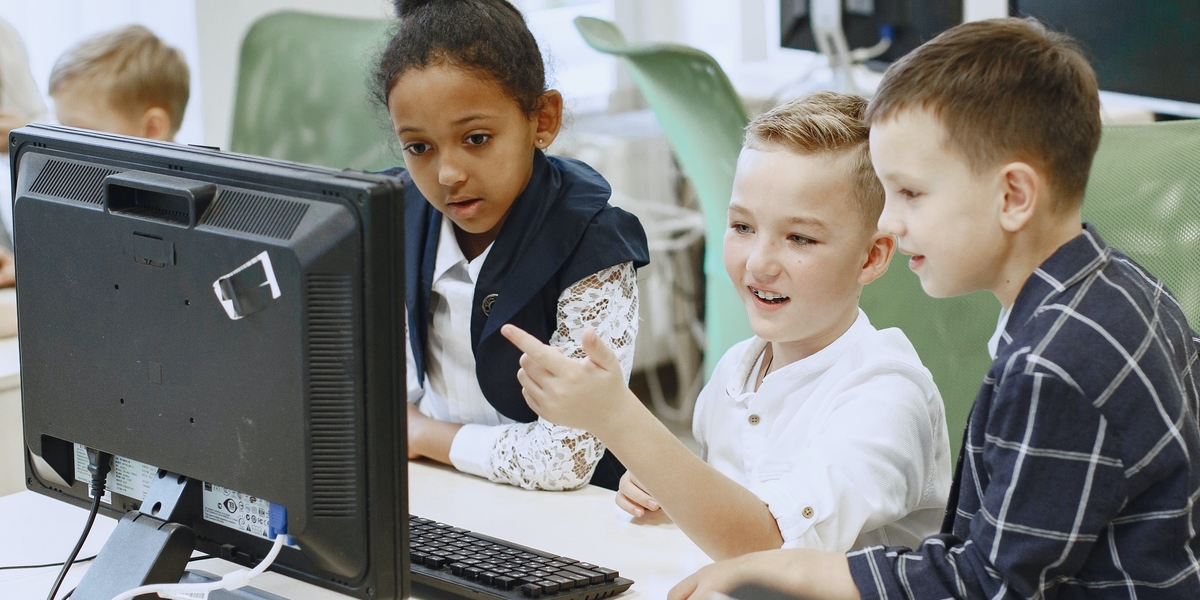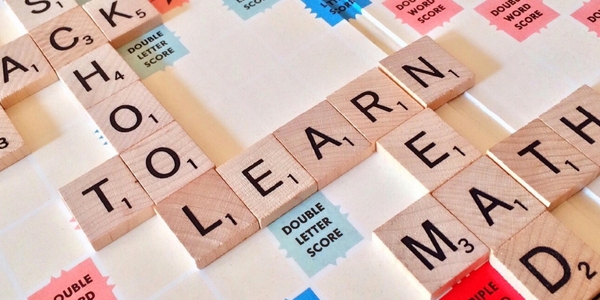In an era where technology touches almost every aspect of our lives, its application in education, particularly for students and children with dyslexia, has become a game-changer. Dyslexia, characterized by difficulties in learning to read and write, is a challenge that children face both in school and at home. However, with the advent of specialized applications and technological tools, there's a beacon of hope for those navigating this learning difficulty.
The beauty of using technology in dyslexia intervention lies in its adaptability and engagement. Applications designed to promote reading and writing offer a unique blend of education and entertainment, making learning a fun and achievable task for children with dyslexia. These apps not only support the development of crucial literacy skills but also foster a sense of independence, allowing children to learn at their own pace and build self-confidence along the way.
The Role of Apps and Technological Tools
Selected with care, apps and technological tools become invaluable allies in the quest to support children with dyslexia. From text readers equipped with multisensory technology to interactive activity generators, these tools are designed to address the specific challenges faced by learners with dyslexia. Text readers, for example, allow students to input their written texts and have them read back, highlighting any errors made during writing. This immediate feedback is crucial for understanding and correcting mistakes in real-time.
Moreover, many applications offer the ability to customize the reading experience, adjusting the speed and even recording sessions to pinpoint where difficulties arise. This tailored approach ensures that each child's unique learning needs are met, promoting a more personalized and effective learning journey.
Interactive Activities and Video Games
Beyond text readers, applications that generate interactive activities play a significant role in enhancing a child's learning experience. Whether it's working with words, numbers, or even elements of the periodic table, these apps provide exercises with varying levels of difficulty, encouraging independent learning and cognitive development.
Video games, often perceived solely as entertainment, have found a place in dyslexia intervention. By integrating educational content into the gaming experience, children are presented with challenges that stimulate reading, spelling, phonetics, and semantics improvement, all within a captivating and engaging digital environment. The interactive nature of video games holds the child's attention, enhancing concentration and making the learning process more enjoyable and effective.
Empowering Independence
One of the most significant benefits of using technology in dyslexia intervention is the promotion of independence. While family support remains essential, these technological tools empower children to take charge of their learning. Engaging directly with the app or game, children become active participants in their education, working alongside game characters to overcome challenges designed by professionals.
Conclusion
As we continue to explore and understand the potential of technology in education, its impact on dyslexia intervention cannot be underestimated. By harnessing the power of applications and technological tools, we open up a world of opportunities for children with dyslexia, making learning an accessible, enjoyable, and empowering experience. In doing so, we're not just addressing learning difficulties; we're shaping a future where every child has the tools they need to succeed.








